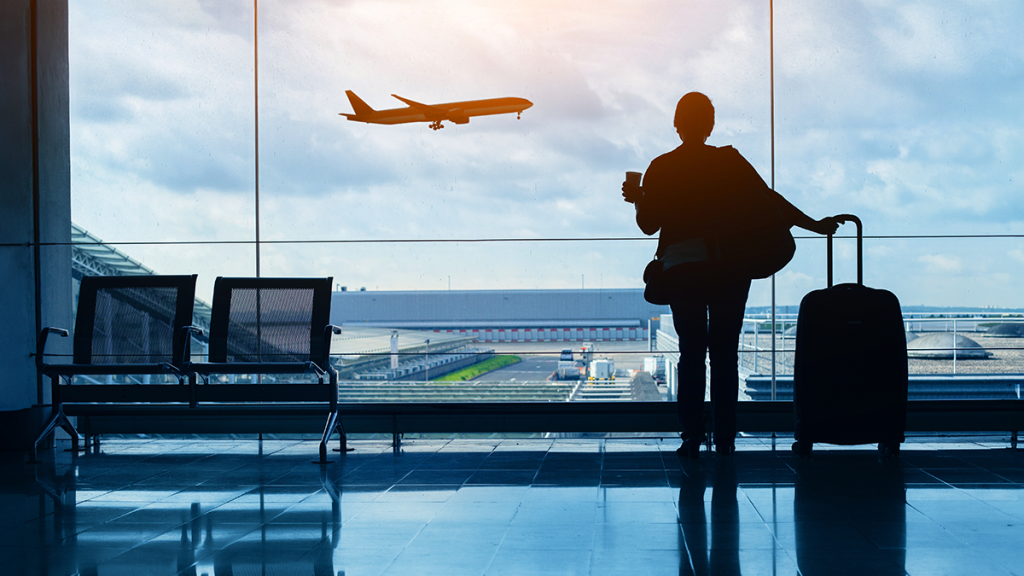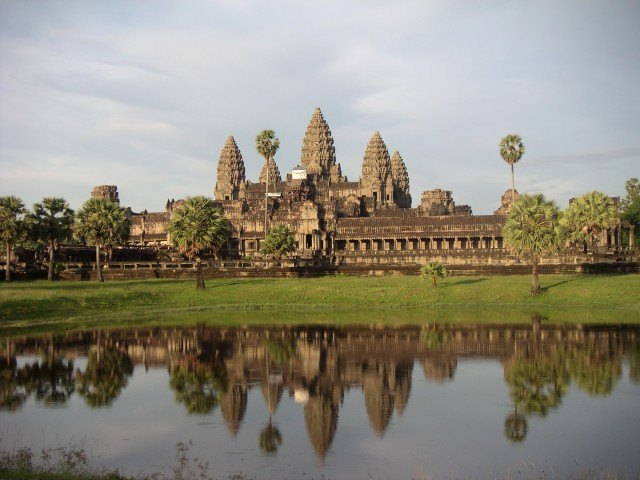Discover the Magic of the Tour de France
The Tour de France is more than just a race; it’s a cultural phenomenon that captures the hearts of cycling enthusiasts and casual observers alike. Every summer, this legendary event transforms the French countryside into a dramatic stage, where the world’s greatest cyclists push their physical and mental limits. From grueling mountain climbs to breathtaking sprints through picturesque towns, the Tour de France cycling experience is a blend of intense competition and awe-inspiring beauty.
A Race Steeped in History
Since its inception in 1903, the Legendary Tour de France race has become synonymous with endurance, strategy, and sheer willpower. What started as a publicity stunt by a French newspaper has evolved into the most prestigious cycling event on the planet. Every July, millions of fans line the streets, villages, and mountain passes, cheering on riders as they attempt to conquer the race’s daunting 21 stages. The routes vary from year to year, but the grandeur of the race remains unchanged, as riders traverse iconic landscapes like the Pyrenees and the Alps.
For fans, the Tour de France cycling experience is unlike any other. It’s not just about watching athletes ride by; it’s about witnessing history in motion. The hum of the peloton, the clinking of gears, the bursts of applause—all of these create an atmosphere that’s electric, a sensation that must be felt to be truly understood.
Magic Moments in the Tour de France
The Magic moments in Tour de France are plentiful, often unfolding unexpectedly along the race’s winding roads. Some of these moments are etched into the sport’s rich history, becoming legendary tales of triumph, resilience, and sometimes, heartbreak.
One such moment occurred in 1989 when American cyclist Greg LeMond pulled off one of the most dramatic victories in cycling history. Going into the final stage, a time trial into Paris, LeMond was trailing Frenchman Laurent Fignon by 50 seconds. Against all odds, LeMond raced with a groundbreaking aerodynamic setup, managing to beat Fignon by a mere eight seconds—the narrowest margin in Tour de France history. This incredible feat is still celebrated as one of the most legendary Tour de France race moments.
Another unforgettable memory comes from the mountains, where the race often takes on a more brutal character. In 2001, Lance Armstrong’s infamous “look back” on the Alpe d’Huez stage signaled his intention to dominate his rivals. Armstrong glanced over his shoulder at Jan Ullrich, his closest competitor, before launching a devastating attack on the slopes. Moments like these encapsulate the drama and tension that define the Tour de France ultimate challenge.
The Ultimate Challenge: Conquering the Tour de France
Completing the Tour de France is widely regarded as one of the most formidable achievements in professional cycling. Riders cover approximately 3,500 kilometers (2,200 miles) over three weeks, contending with brutal ascents, technical descents, and unpredictable weather conditions. It is not just the physical endurance that tests riders but also the strategic calculations required to stay competitive. Teams work together, drafting and protecting their leaders, but in the end, the individual rider must possess the strength and cunning to seize victory.
The Tour de France ultimate challenge lies in its variety. From the fast-paced flat stages, where sprinters battle for stage wins, to the punishing mountain stages that separate the elite climbers from the rest, the race demands complete mastery of all cycling disciplines. Riders must also contend with the often-unforgiving terrain of cobblestone paths and narrow, twisting roads that wind through remote villages.
It’s in the high-altitude mountain stages where the race is often won or lost. The Col du Tourmalet, Mont Ventoux, and Alpe d’Huez are legendary climbs that strike fear into even the most seasoned riders. These ascents, with their relentless gradients and thin air, are where champions are made, and the glory of the yellow jersey is earned.
The Fans: Heart and Soul of the Race
While the riders are the stars of the show, the fans are the heart and soul of the Tour de France cycling experience. Each year, thousands of spectators gather along the race route, from city streets to remote mountain passes, transforming the event into a grand celebration of sport and camaraderie. For these fans, the race is as much about tradition and community as it is about the competition.
From the family picnics set up along the rural roadsides to the fervent, costumed fans who cheer wildly on the steep mountain stages, the energy is contagious. The fans bring color, excitement, and emotion to the Tour de France, making it an event that transcends mere athletic competition.
For those lucky enough to experience the magic moments in Tour de France in person, it’s a memory that lasts a lifetime. Whether it’s witnessing a rider break away from the pack or being part of the joyous crowd in Paris on the Champs-Élysées as the final sprint unfolds, every moment feels like a celebration of the human spirit.
Conclusion
The Tour de France is not just a race; it’s a test of human endurance, an exploration of France’s stunning landscapes, and a celebration of athletic excellence. Every year, it brings unforgettable moments, whether it’s a nail-biting finish or a grueling mountain climb. For both riders and fans, the Tour de France cycling experience is an unforgettable journey—one filled with passion, perseverance, and the undeniable magic of sport.
Whether you’re a seasoned fan or new to the world of cycling, the Legendary Tour de France race promises thrills, inspiration, and the opportunity to witness the ultimate challenge unfold across the breathtaking terrain of France.




